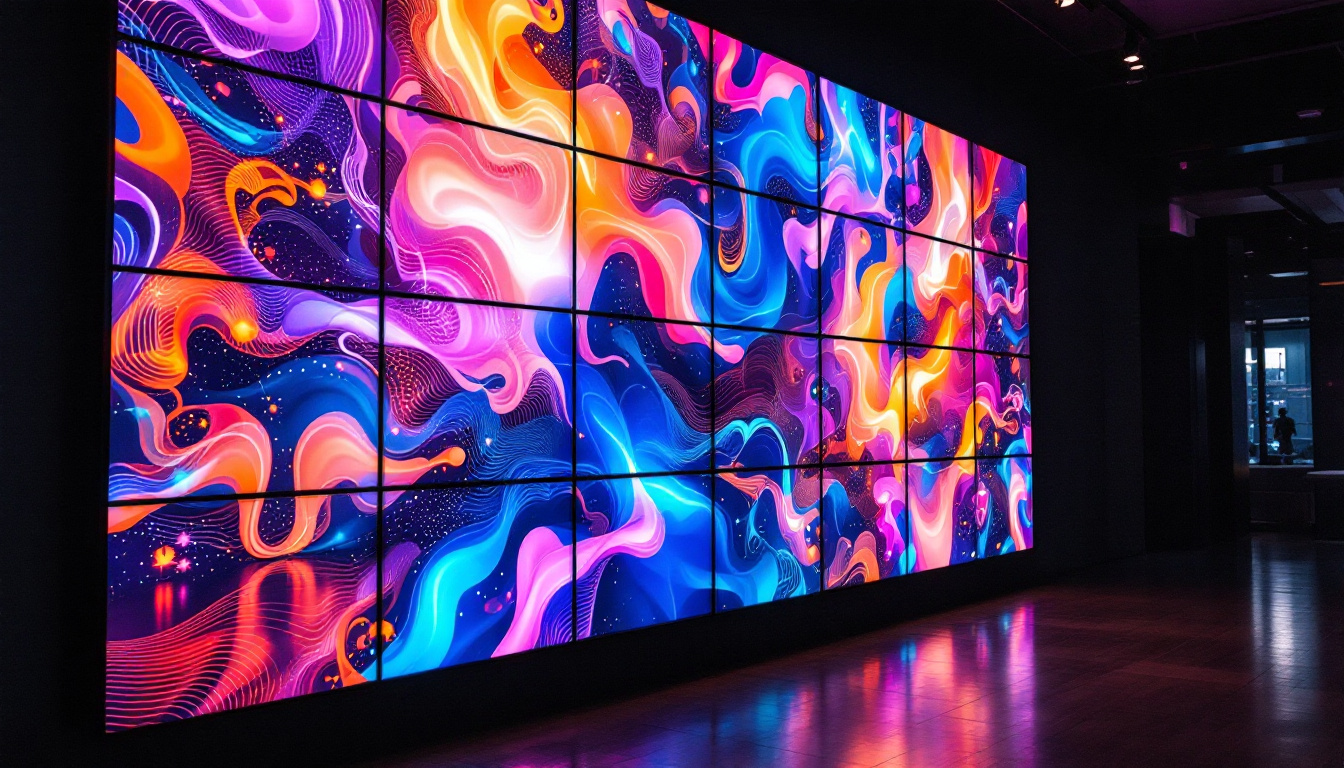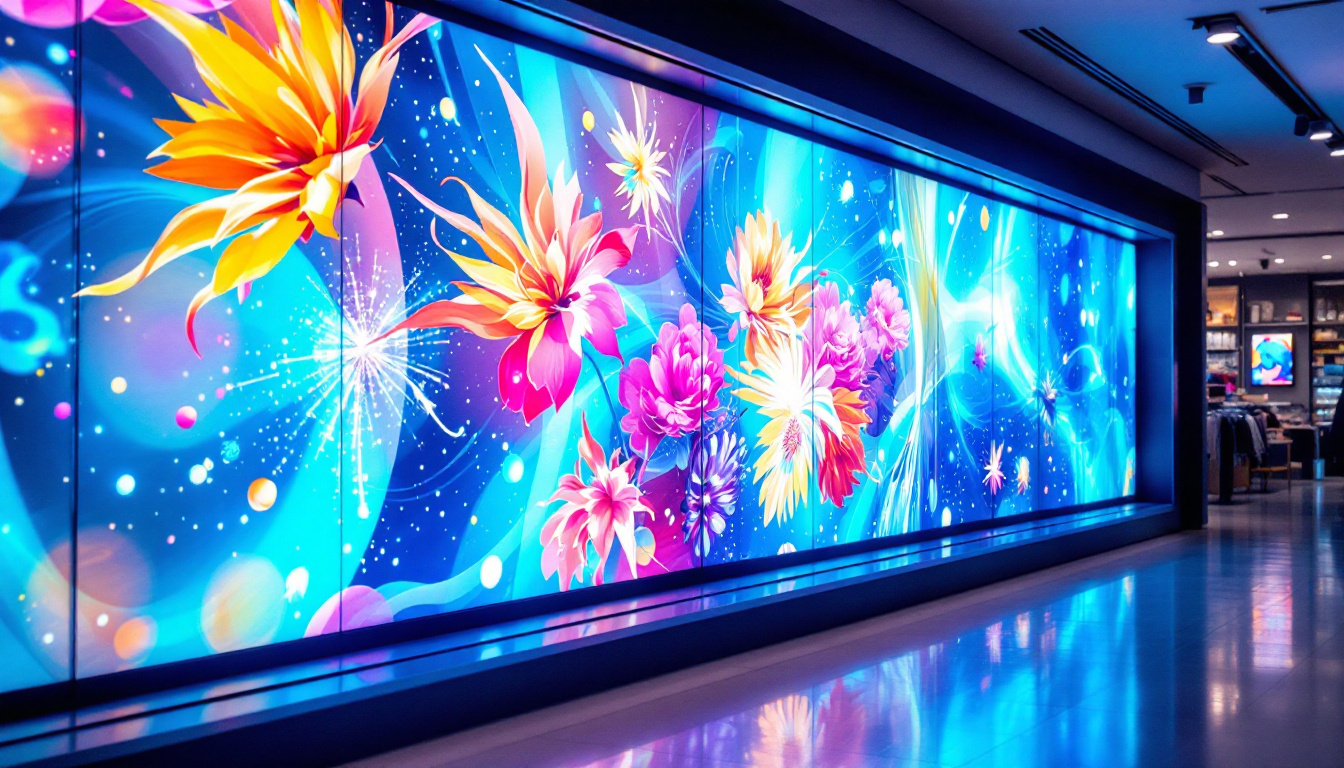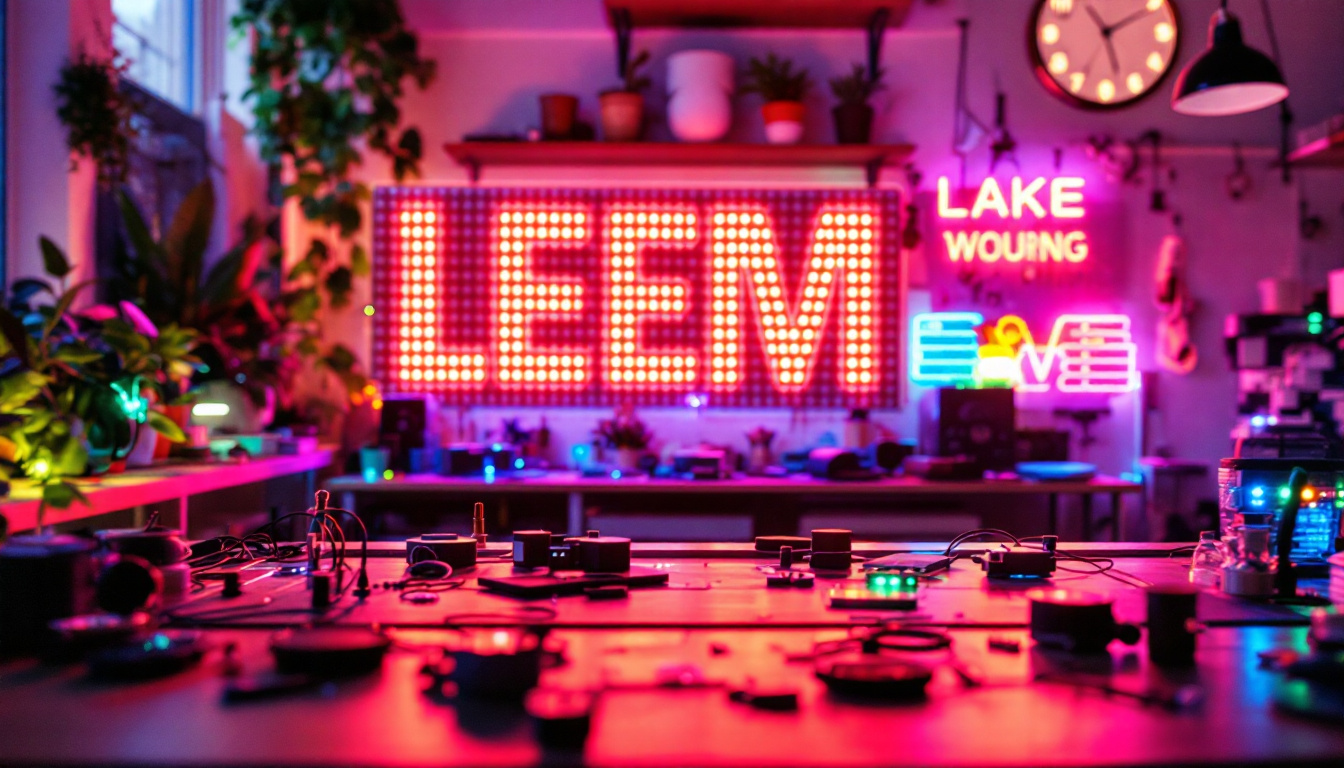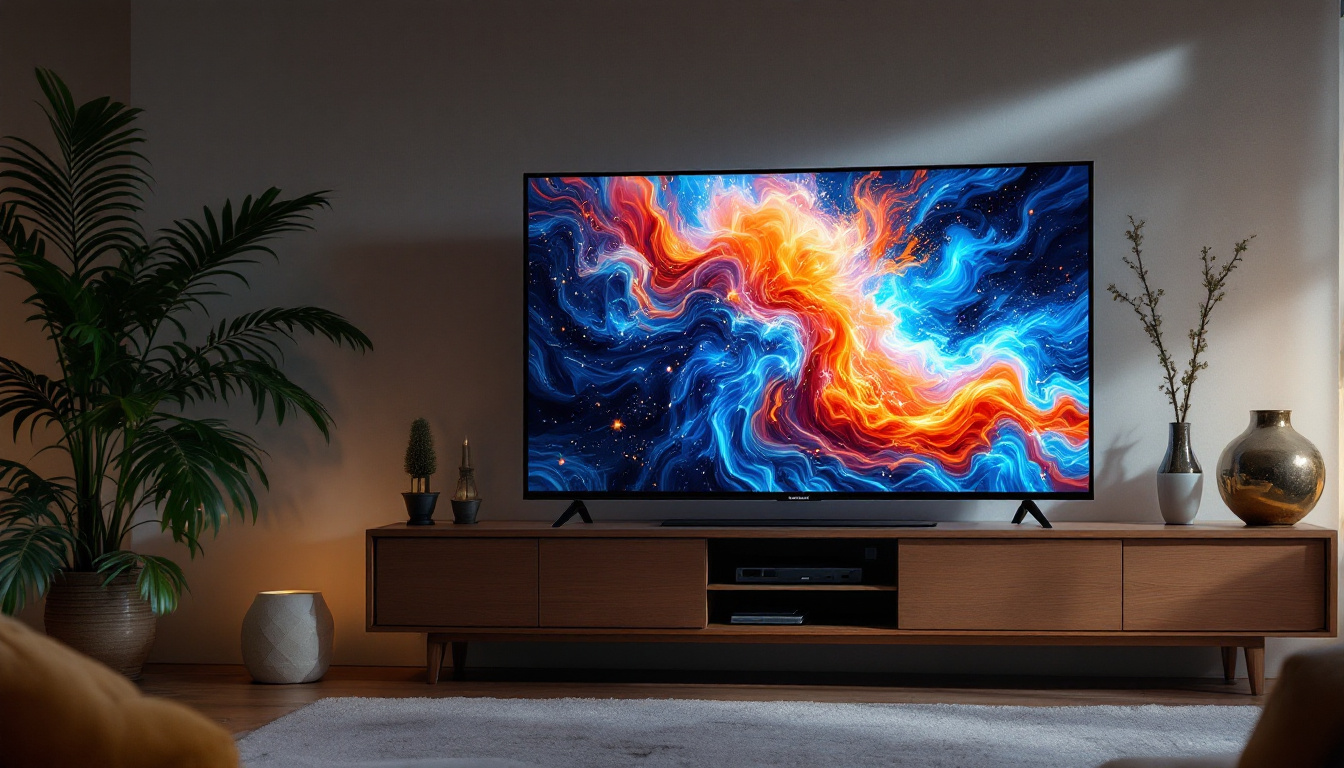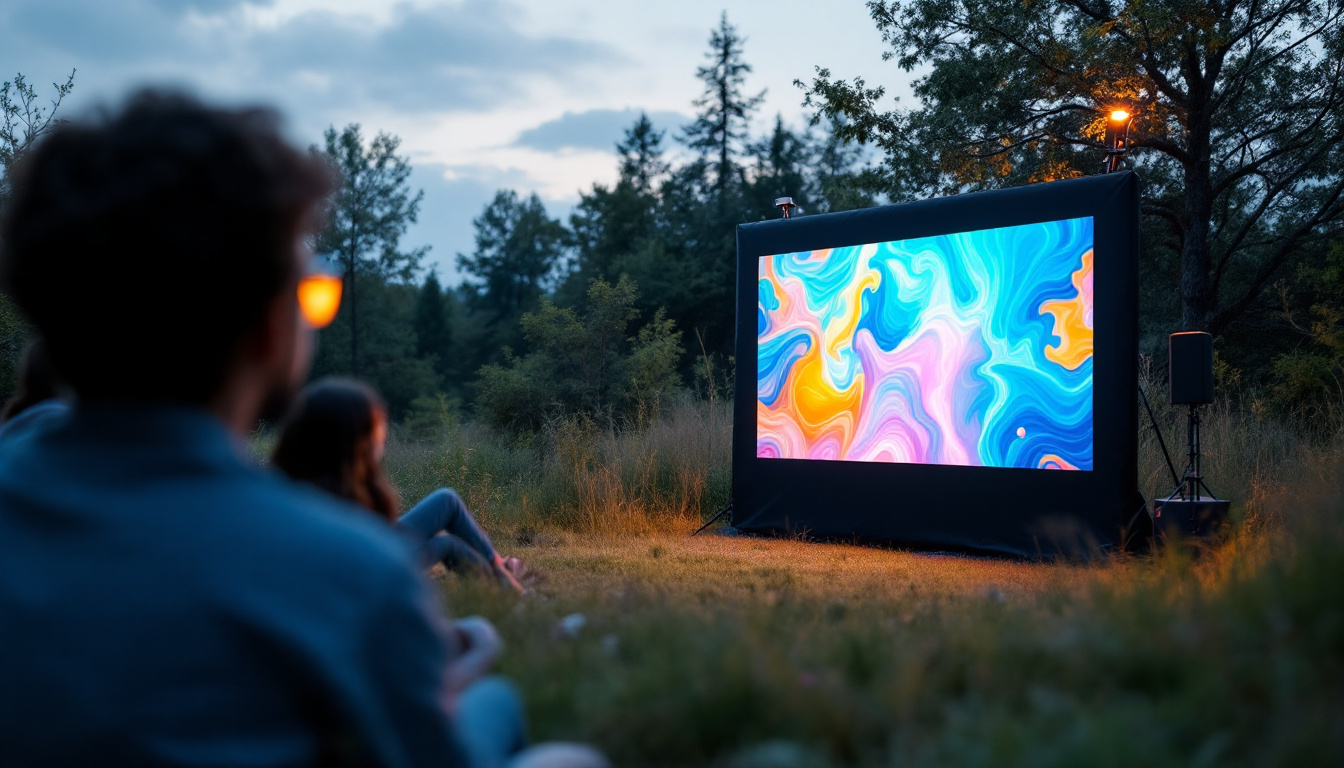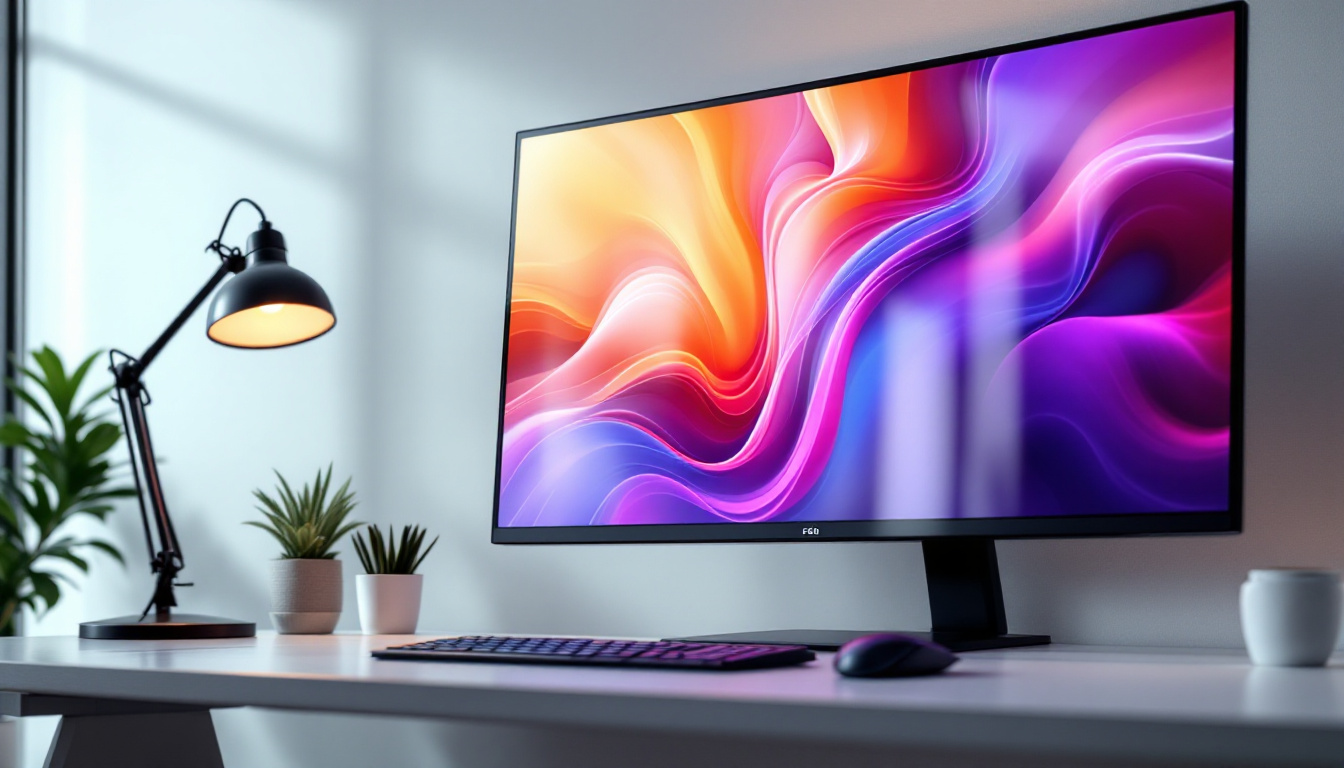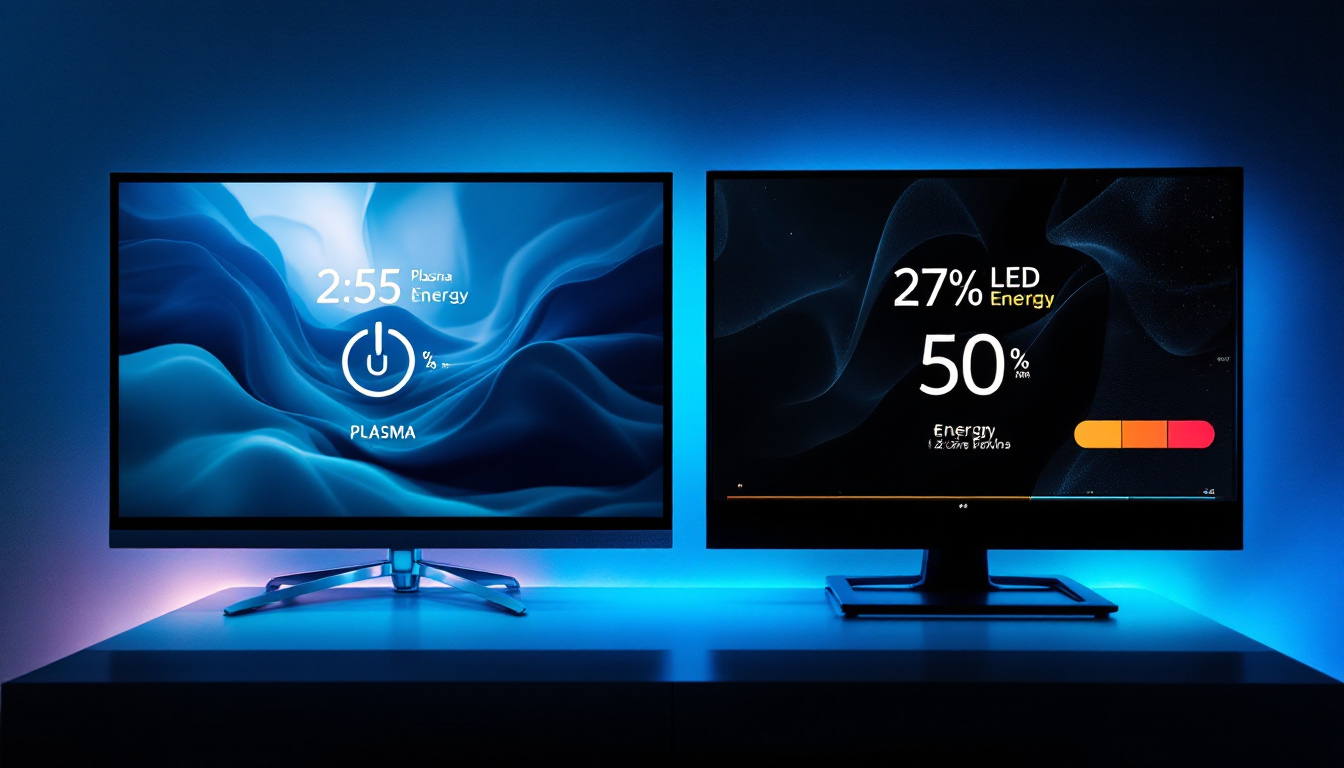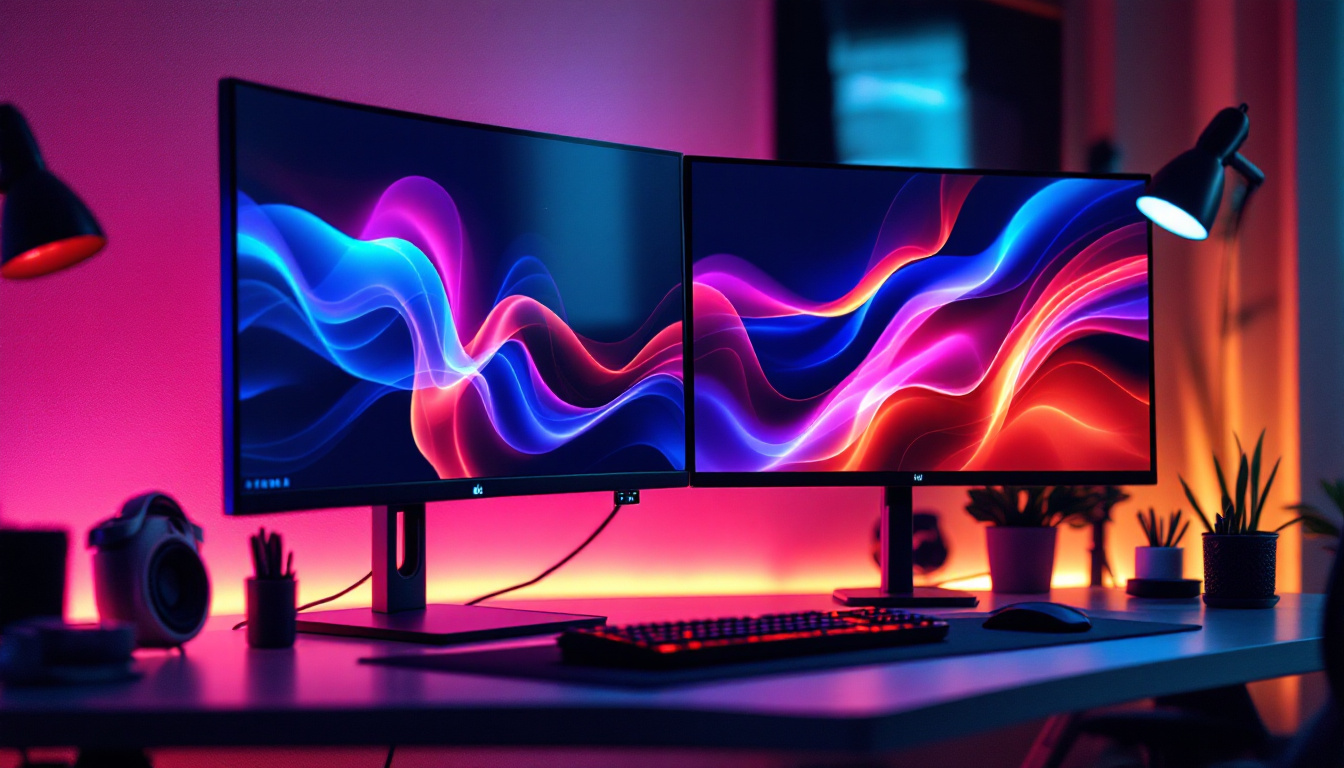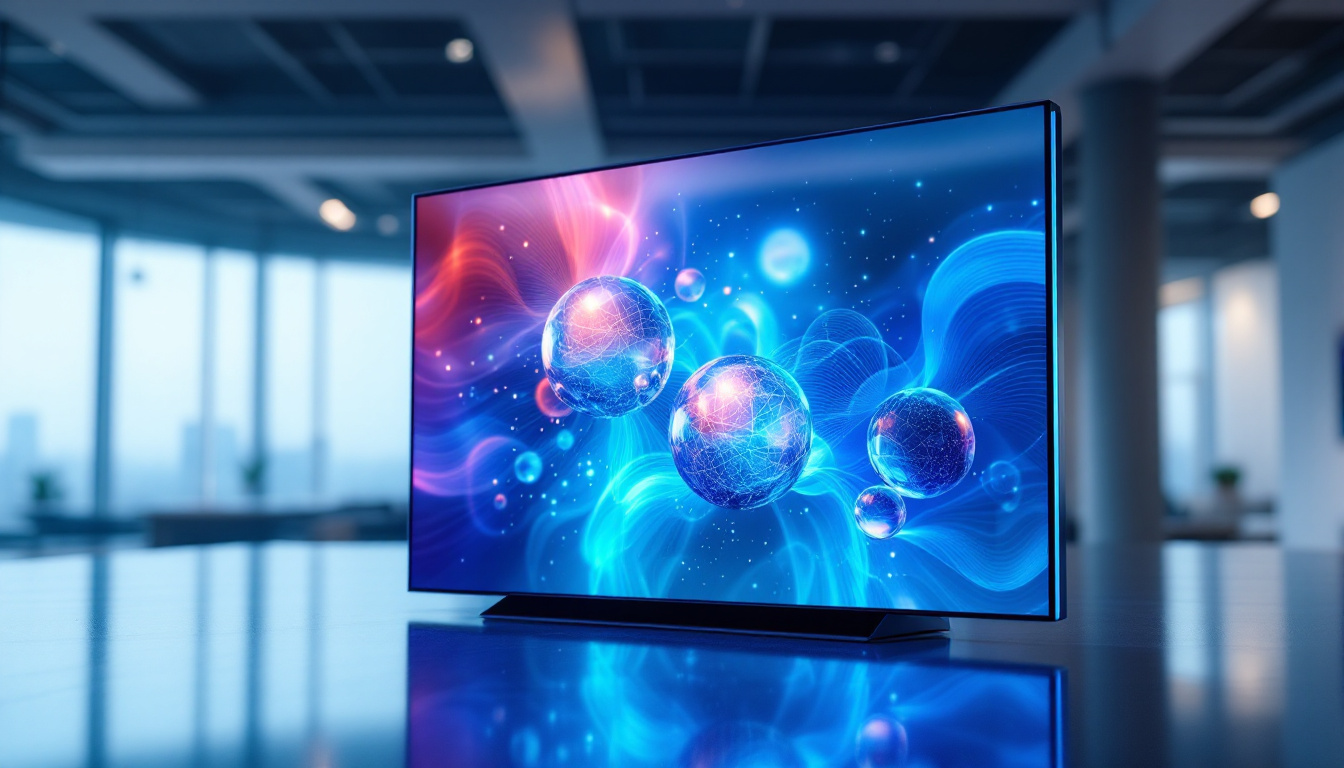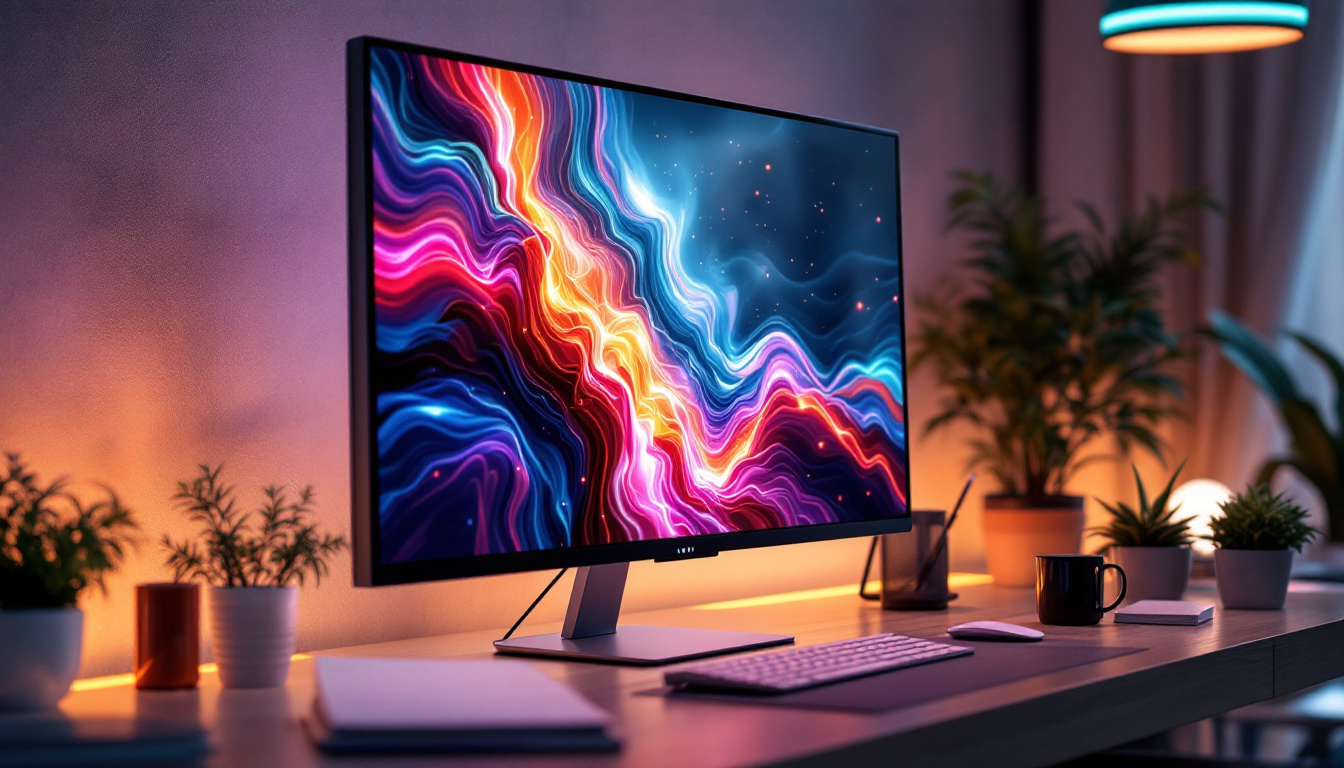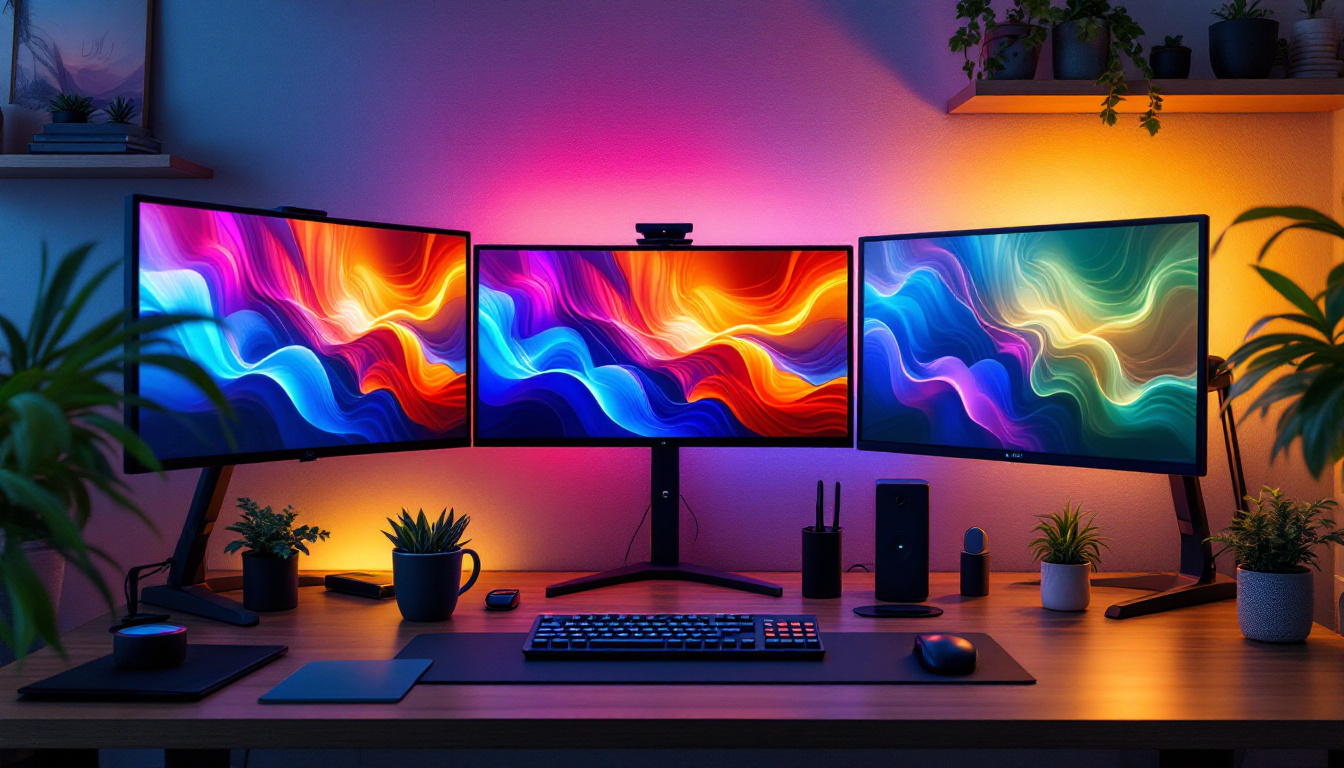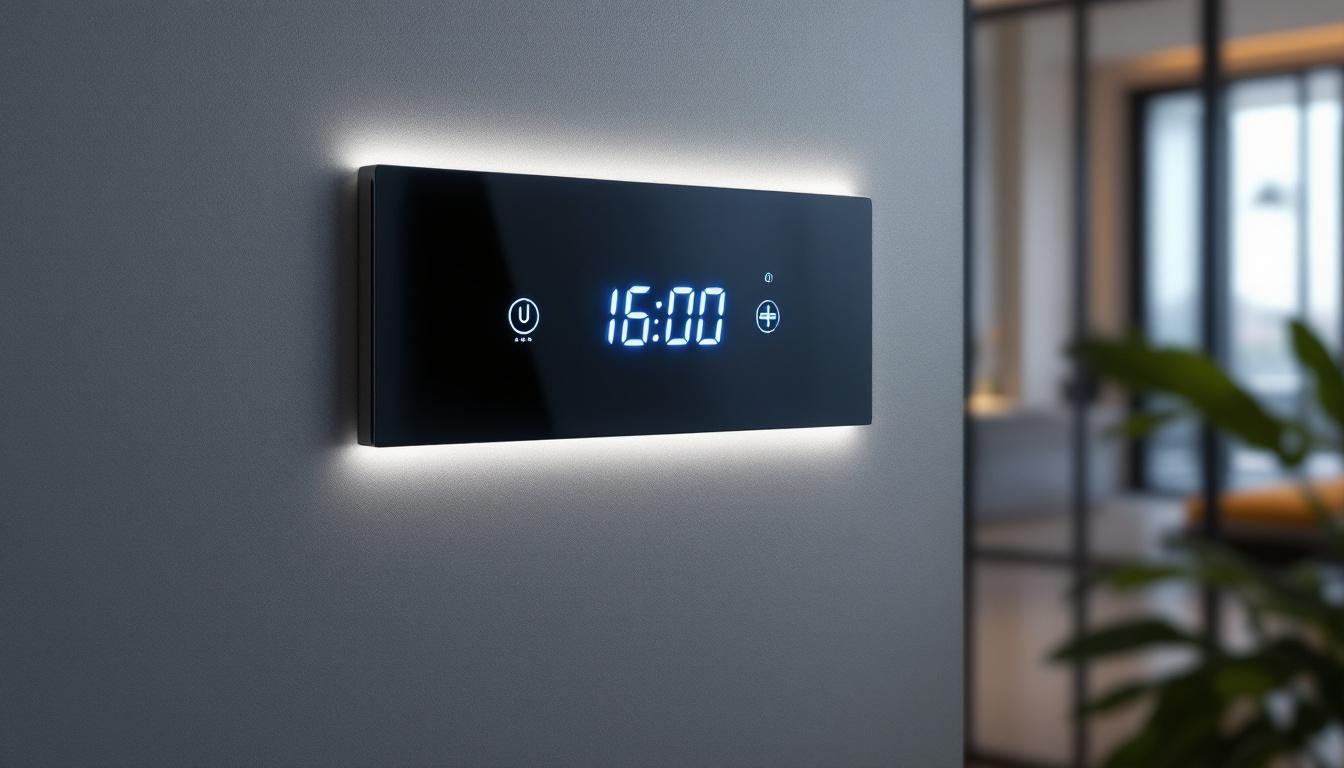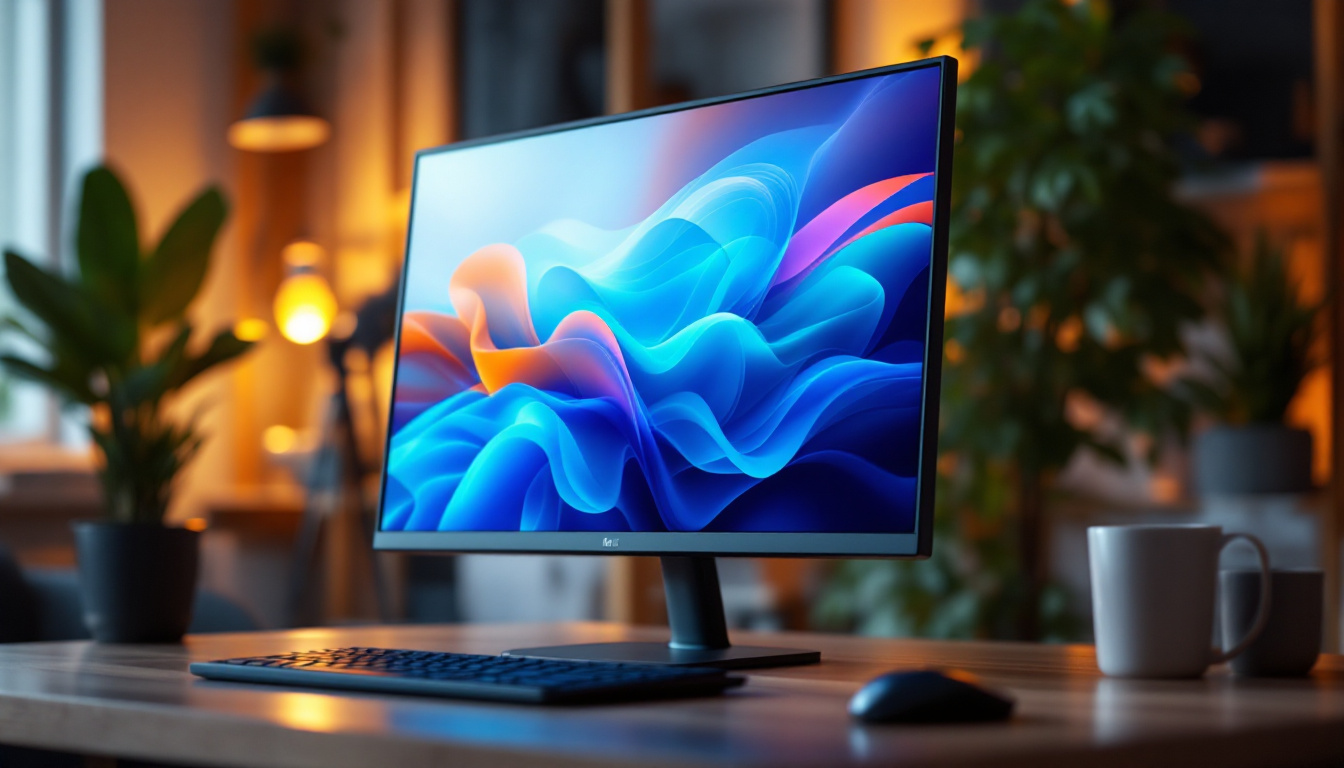In today’s fast-paced digital world, the choice of monitor can significantly impact productivity, entertainment, and overall user experience. Among the various options available, the white 24-inch LED monitor has gained popularity for its aesthetic appeal and functional performance. This article delves into the features, benefits, and considerations of using a white 24-inch LED display, providing insights that can help potential buyers make informed decisions.
Understanding LED Technology
Light Emitting Diode (LED) technology has transformed the way displays function, offering brighter images and better energy efficiency compared to traditional LCDs. LED monitors use a backlight made of LEDs, which enhances color accuracy and contrast ratios. This technology is particularly advantageous for users who require precise color representation, such as graphic designers and photographers. Furthermore, the longevity of LED technology is noteworthy; these displays can last significantly longer than their LCD counterparts, often exceeding 50,000 hours of usage. This durability not only reduces the need for frequent replacements but also contributes to lower electronic waste, making LED displays a more sustainable choice for consumers.
How LED Displays Work
At the core of LED technology is the concept of illumination. Unlike standard LCD monitors that use fluorescent backlighting, LED displays utilize a series of tiny diodes that emit light. This allows for more localized control of brightness, resulting in deeper blacks and more vibrant colors. The two primary types of LED displays are edge-lit and full-array. Edge-lit displays have LEDs positioned around the edges of the screen, while full-array displays have a grid of LEDs behind the entire screen, providing superior uniformity and contrast. Additionally, some advanced models incorporate local dimming technology, which further enhances the viewing experience by allowing specific areas of the screen to be dimmed or brightened independently, thus improving overall picture quality during scenes with varying light levels.
Benefits of LED Technology
LED monitors offer several advantages over traditional displays. Firstly, they consume less power, making them more environmentally friendly and cost-effective in the long run. Secondly, LED monitors are thinner and lighter, allowing for sleek designs that fit seamlessly into modern workspaces. Additionally, they provide faster refresh rates and response times, which are crucial for gaming and fast-paced video playback. The color gamut of LED displays is also broader, enabling them to reproduce a wider range of colors, which is essential for high-definition content and media consumption. Furthermore, many LED monitors come equipped with advanced features such as adaptive sync technology, which helps to eliminate screen tearing and stuttering during gaming, enhancing the overall user experience. As the technology continues to evolve, we can expect even more innovations that will push the boundaries of display capabilities, making LED technology an exciting area to watch in the coming years.
Features of a White 24 Inch Monitor
A 24-inch monitor strikes a balance between screen real estate and desk space, making it an ideal choice for a variety of users, from professionals to casual gamers. The white finish adds a touch of elegance, blending well with most contemporary setups.
Screen Resolution and Clarity
Most 24-inch monitors come with a Full HD resolution of 1920 x 1080 pixels, which is sufficient for everyday tasks such as web browsing, document editing, and media consumption. This resolution ensures that text is sharp and images are clear, providing an enjoyable viewing experience. For users who require higher clarity, some models offer 1440p or even 4K resolutions, catering to those who work with high-definition content. Additionally, many monitors feature advanced technologies like IPS (In-Plane Switching) panels, which enhance viewing angles and color consistency, making them perfect for collaborative work environments where multiple people may be viewing the screen simultaneously.
Color Accuracy and Gamut
Color accuracy is a critical factor for professionals in fields like design and photography. Many white 24-inch LED monitors boast impressive color reproduction capabilities, covering a significant portion of the sRGB color gamut. This means that images displayed on the screen will closely match the colors intended by the creator, ensuring that the final output is true to life. Some monitors even come factory-calibrated for color accuracy, providing peace of mind for users who rely on precise color representation. Furthermore, certain models support HDR (High Dynamic Range) content, allowing for a broader range of colors and contrast levels, which can dramatically enhance the visual experience when watching movies or playing games that support this technology.
Ergonomics and Adjustability
Comfort is paramount, especially for users who spend long hours in front of their screens. A good white 24-inch monitor should come with ergonomic features such as height adjustment, tilt, and swivel capabilities. These adjustments allow users to position the monitor at eye level, reducing strain on the neck and back. Furthermore, some models include VESA mount compatibility, enabling users to attach their monitors to adjustable arms for even greater flexibility. This adaptability not only promotes better posture but also helps in creating a more organized workspace by freeing up desk space. In addition, many monitors now incorporate blue light filtering technology, which can help reduce eye fatigue during extended use, making them a great choice for those who work late into the night or spend long hours gaming.
Connectivity Options
In an increasingly connected world, having multiple connectivity options is essential. A white 24-inch monitor typically offers a range of ports to accommodate various devices. This versatility not only enhances the user experience but also ensures that the monitor can adapt to different setups and environments, whether in a home office, a gaming station, or a professional workspace.
Common Ports Available
Most modern monitors include HDMI and DisplayPort inputs, which are standard for connecting to computers and gaming consoles. Some models may also feature VGA and DVI ports for compatibility with older devices. USB ports are becoming increasingly common, allowing users to connect peripherals such as keyboards, mice, and external drives directly to the monitor. Additionally, some monitors now come equipped with USB-C ports, which offer the advantage of power delivery and data transfer through a single cable, making them ideal for users with laptops that support this technology.
Wireless Connectivity
With the rise of wireless technology, some white 24-inch monitors now offer wireless connectivity options. This feature allows users to connect their devices without the need for cables, providing a cleaner and more organized workspace. Wireless display technology, such as Miracast or Chromecast, enables seamless screen mirroring from laptops, tablets, and smartphones. Furthermore, these monitors may also support Wi-Fi Direct, which allows for quick and direct connections between devices without needing a router, enhancing the convenience for users who frequently switch between devices or collaborate with others in a shared environment.
Moreover, the integration of smart features in some models means that users can access streaming services and applications directly from the monitor itself, eliminating the need for additional devices. This not only simplifies the setup but also allows for a more immersive viewing experience, whether for work presentations or leisure activities like watching movies and playing games. As technology continues to evolve, the connectivity options available on monitors are likely to expand even further, catering to the diverse needs of users across different sectors.
Choosing the Right White 24 Inch Monitor
When selecting a white 24-inch monitor, several factors should be considered to ensure it meets individual needs and preferences.
Intended Use
Understanding the primary purpose of the monitor is crucial. For general office work, a standard Full HD display with good color accuracy will suffice. However, for gaming or graphic design, a monitor with a higher refresh rate, lower response time, and enhanced color gamut may be necessary. Evaluating the intended use will help narrow down the options effectively.
Budget Considerations
Price is often a determining factor when purchasing a monitor. White 24-inch LED monitors are available across a wide price range, from budget-friendly options to premium models with advanced features. It’s essential to balance budget constraints with the desired specifications to find the best value for money. Investing in a quality monitor can enhance productivity and user experience, making it a worthwhile expenditure.
Brand Reputation and Reviews
Researching brands and reading customer reviews can provide valuable insights into the reliability and performance of a monitor. Established brands often have a track record of producing high-quality products, while user reviews can highlight potential issues and advantages that may not be immediately apparent. Taking the time to evaluate these factors can lead to a more satisfying purchase.
Maintaining Your White 24 Inch Monitor
Proper maintenance can extend the lifespan of a monitor and ensure optimal performance. Here are some tips for keeping a white 24-inch LED monitor in top condition.
Cleaning and Care
Dust and fingerprints can accumulate on the screen, affecting visibility and overall aesthetics. Regularly cleaning the monitor with a microfiber cloth and a suitable screen cleaner can help maintain clarity. It’s important to avoid harsh chemicals or abrasive materials that could damage the screen. Additionally, keeping the monitor in a dust-free environment can minimize the need for frequent cleaning.
Optimal Settings
Adjusting the monitor’s settings can significantly enhance the viewing experience. Users should calibrate brightness, contrast, and color settings according to their preferences and the ambient lighting conditions. Many monitors come with preset modes for different activities, such as gaming or reading, which can be useful for optimizing performance.
Conclusion
The white 24-inch LED monitor is a versatile and stylish choice for a wide range of users. With its combination of aesthetic appeal, advanced technology, and practical features, it caters to both professional and casual needs. By understanding the technology behind LED displays, the features available, and how to choose the right model, users can make informed decisions that enhance their digital experience.
Whether used for work, gaming, or entertainment, a quality monitor can make a significant difference in productivity and enjoyment. As technology continues to evolve, the white 24-inch LED monitor stands out as a reliable and attractive option for anyone looking to upgrade their display.
Discover LumenMatrix’s Advanced LED Displays
Ready to elevate your visual experience with a white 24-inch LED monitor that embodies both elegance and cutting-edge technology? Look no further than LumenMatrix. As a pioneer in LED display innovations, LumenMatrix offers an extensive range of solutions tailored to meet your needs. From captivating Indoor LED Wall Displays to dynamic Outdoor LED Wall Displays, and from versatile Vehicle LED Displays to sleek LED Poster Displays, our products are designed to transform your space and engage your audience. Embrace the future of visual communication with LumenMatrix’s LED Sports Displays, Floor LED Displays, Custom LED Displays, All-in-One LED Displays, and LED Transparent Displays. Don’t miss the opportunity to create a lasting impression. Check out LumenMatrix LED Display Solutions today and share your message with unparalleled impact and clarity.


